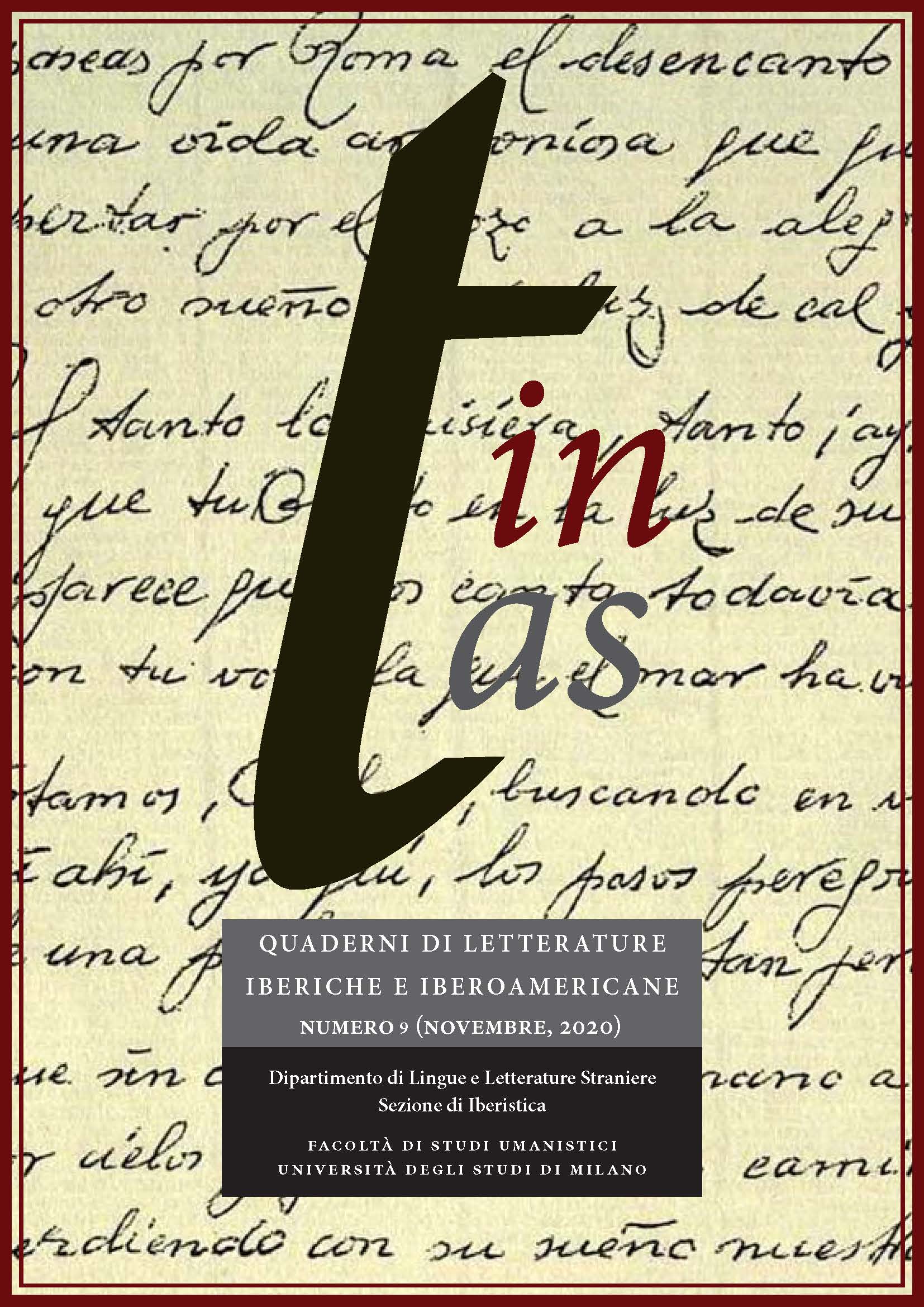The conquest of the right to difference: an overview of Brazilian children's literature
DOI:
https://doi.org/10.13130/2240-5437/14622Keywords:
children’s literature; Brazil; racial/ethnic discrimination; law 10.693/03; FerrézAbstract
Brazilian literature for children was based, in its historical evolution, on a substantial marginalization of black-skinned characters. In the first part of the twentieth century, also as a consequence of the long past slavery, the stories highlight the subordinate condition of the Afro-descendants through stereotyped representations, always at the limits of what is considered acceptable or desirable (both socially and aesthetically). Between the end of the 70s and the beginning of the 80s, thanks to the increasingly action of the social and racial demand movements, the first signs of a literary production committed to overcoming ethnic-racial discrimination appeared. However, the turning point comes only with the beginning of the new millennium: the law 10.693/03, which makes the teaching of the history of Afro-Brazilian and African culture compulsory within public and private schools, represents an authentic break with the “tradition of preconception” by stimulating the publication of works that guide black girls and boys towards self- acceptance of themselves and their African roots. Among the texts published in the wake of the new educational policies, Amanhecer Esmeralda by Ferréz represents an original example because, perhaps more incisively than other works intended for young readers, it rethinks the right to education by including the right to difference.



